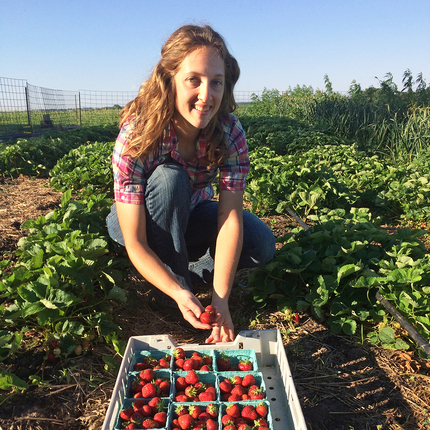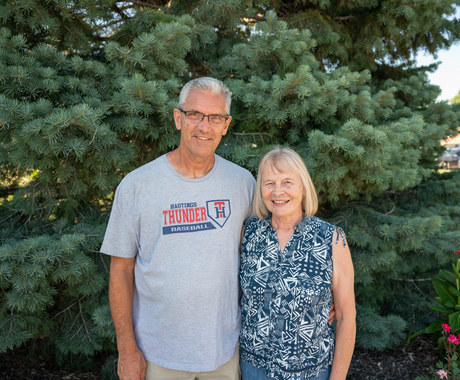Some family farms have been feeding our neighbors for more than 100 years, and will continue to do so for the foreseeable future.
Katie Jantzen is one such farmer. The fifth generation on her family farm, she grows produce, some of it to sell at farmers markets.
Farmers markets stimulate local economies, increase access to fresh, healthy food, promote sustainable farming practices that protect our water and soil, and preserve our farmland. However, none of these benefits are possible without farmers like Katie.
For many family farmers to succeed, particularly those new to agriculture, they count on their neighbors to shop regularly at market. Farmers markets provide one of the only low-barrier entry points for new farmers, ranchers, and food entrepreneurs, allowing them to start small and test new products.
According to a 2017 National Young Farmers Coalition survey, farmers markets and Community-Supported Agriculture represented the highest proportion of new and beginning farmers’ sales. This support is important, as there are currently 3.5 times as many U.S. farmers over age 65 as there are under 35.
At traditional food outlets, farmers and ranchers receive only 15 cents of every food dollar that consumers spend, according to the Farmers Market Coalition. At a farmers market, 100 percent of your food dollar goes to your local farmer.
Find your market in USDA’s national directory (there are 8,768 markets across the U.S.) at ams.usda.gov/local-food-directories/farmersmarkets, and join us in supporting farmers like Katie while we celebrate National Farmers Market Week, Aug. 4 to 10.





